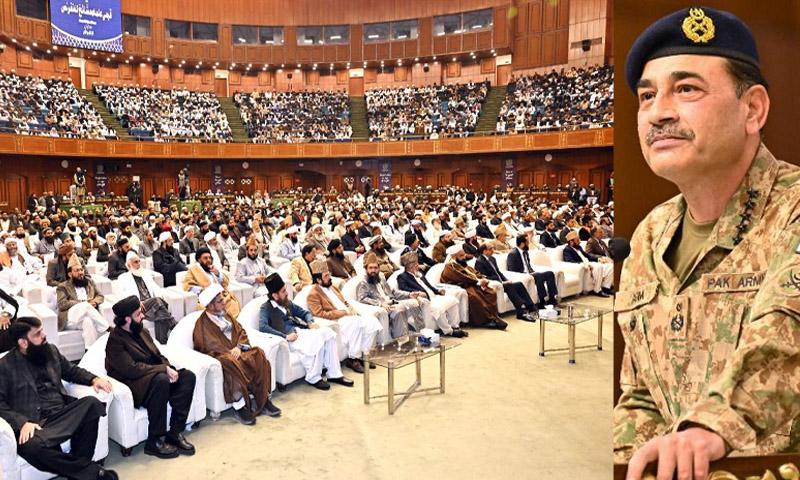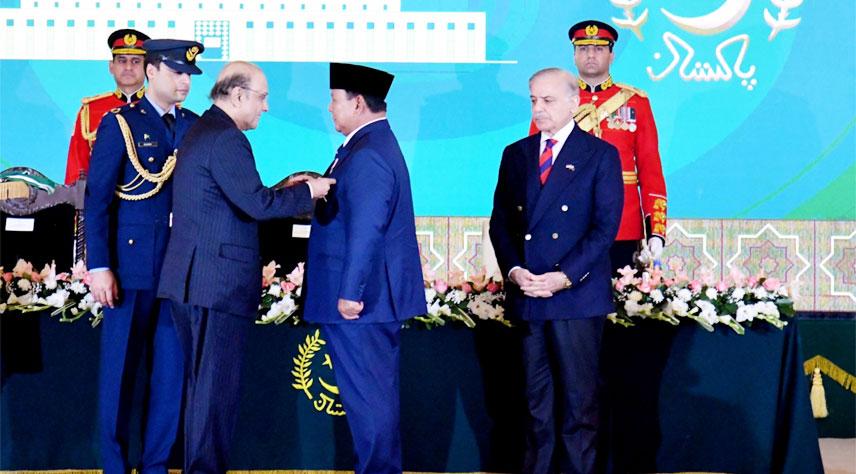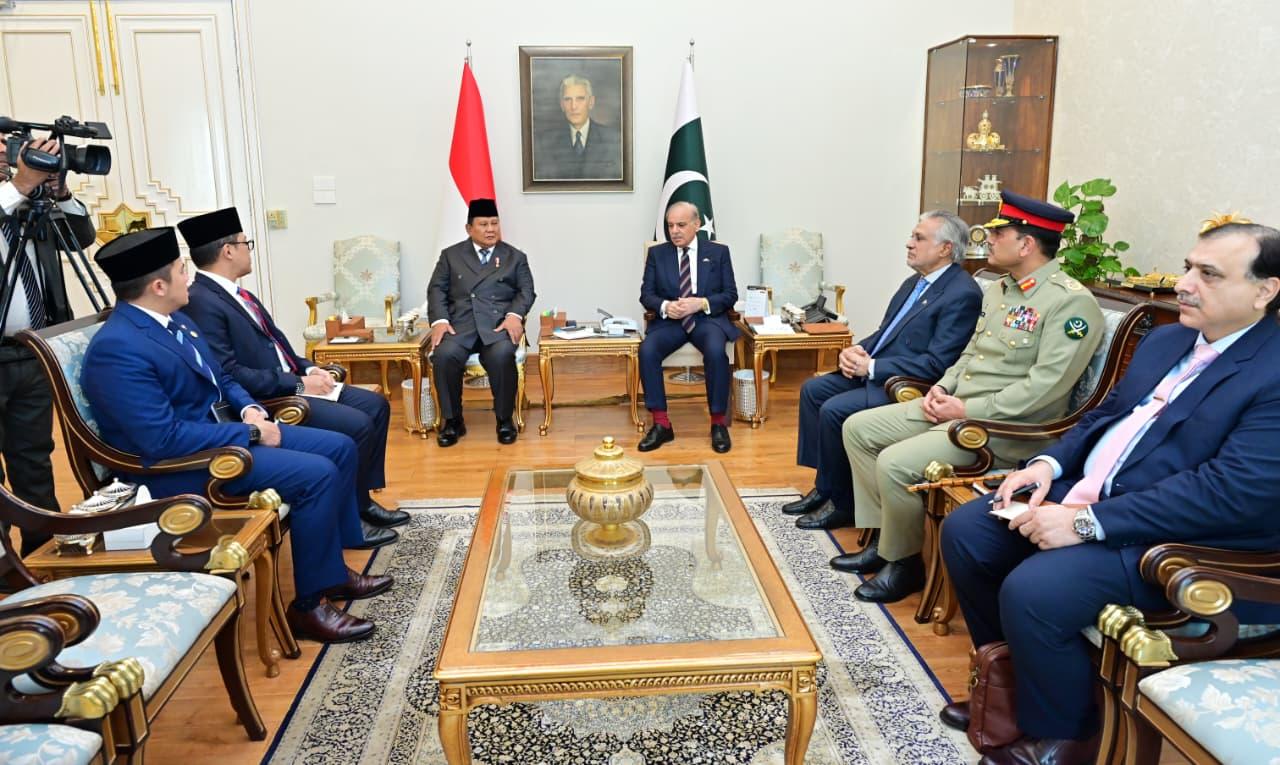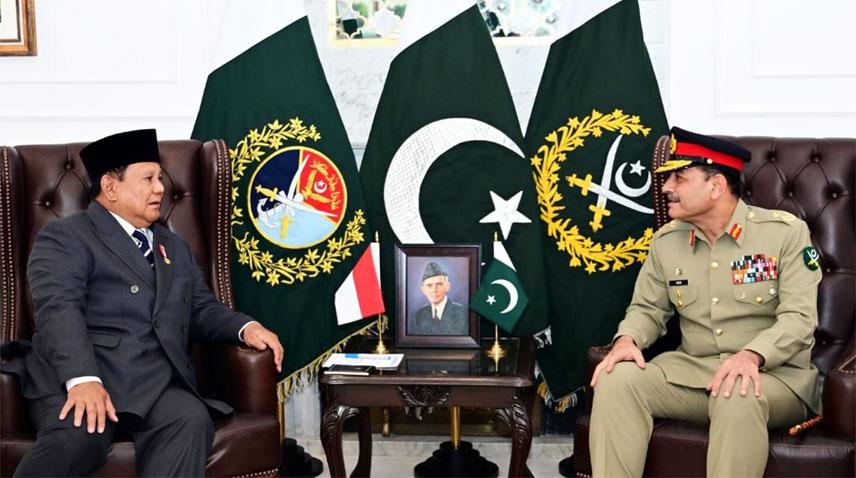When action speaks louder than words, Punjab stands tall as the province that delivers — while others still debate

As Pakistan’s provinces recover from last year’s devastating floods, one contrast has become impossible to ignore: Punjab delivers, while Sindh delays.
Under the leadership of Chief Minister Maryam Nawaz Sharif, Punjab has demonstrated what efficient governance and people-centered policies can achieve from rapid flood rehabilitation to healthcare reforms and climate resilience. Sindh, despite decades of control under the same political party, continues to show limited progress, weak infrastructure, and delayed public service delivery.
Flood Relief: Punjab Sets a New Standard
In the aftermath of floods, Punjab launched the country’s most structured and transparent relief operation.
27 districts were covered by 2,233 survey teams who reached every flood-hit household even in remote areas using boats.
Over 127,000 flood victims and 88,865 farmers were surveyed.
342,000 acres of damaged agricultural land and 37,000+ houses were documented.
5,836 livestock deaths and losses to 1,400 livestock owners were recorded transparently.
Each affected family received compensation through a comprehensive package. Rs1 million for life loss or fully destroyed homes. Up to Rs500,000 for partial damage or injuries. Up to Rs500,000 for livestock loss. Support for crop damage and agricultural recovery.
Punjab’s flood rehabilitation also included on-boat clinics, rescue by drones, and thermal technology to detect stranded victims. Health camps were established on-site, and no affected family was left uncompensated.
Within weeks, flood-hit areas were back to normal E-buses returned to the roads, schools reopened, laptops were distributed, and small businesses resumed operations.
Meanwhile, in Sindh, flood recovery remained slow and disorganized. Citizens continue to await full compensation and rehabilitation, and there has been little visible on-ground progress.
Health: Innovation and Access in Punjab
Punjab’s health reforms have been transformative. Free medicines are available across public hospitals with zero bureaucratic hurdles. The province introduced 1-hour cancer treatment technology, making Punjab the first in South Asia to do so. Nawaz Sharif Cancer Hospital (Lahore) and Cardiology Hospital (Sargodha) are now operational.
The CM Insulin Program provides life-saving treatment for diabetic patients across Punjab. Clinics on Wheels and Clinics on Boats bring care to rural and flood-affected regions. Emergency response and air ambulance services have reduced wait times dramatically.
Sindh, in comparison, continues to struggle with understaffed hospitals, equipment shortages, and limited access to care outside major cities.
Education: Empowering the Next Generation
Punjab’s education initiatives have redefined accessibility and modernization. E-Bikes for students, Honehar Scholarships, and Leaders of Tomorrow programs are improving attendance and retention.
Laptop distribution and the Nawaz Sharif Center of Excellence promote digital learning and skill development. Over 1.2 million students have been re-enrolled under Punjab’s education reforms.
Sindh, despite increased budgets, faces a decline in literacy rate and rising dropout numbers. Thousands of schools still lack basic amenities like electricity, toilets, and boundary walls.
Agriculture: Empowering Farmers
Punjab has modernized its agriculture sector with Kissan Cards for financial inclusion, solarization of tubewells, tractor schemes and modern equipment subsidies. These initiatives have directly boosted farmer productivity and reduced energy costs.
Sindh’s agricultural projects, meanwhile, remain largely on paper or in pilot stages, with limited measurable impact.
Welfare & Governance
Punjab’s welfare reforms have reached the grassroots. Apna Ghar, Apni Chhat Program – 90,000 people have already received housing loans. Himmat Card, Raman Negahban Package, and Dastak App provide inclusive social support. Sasti Roti, Model Bazaars, and Rider Safety Initiatives ensure affordability and safety for the working class.
Suthra Punjab Program has launched the largest cleanliness operation in provincial history. Video call facilities for prisoners and livestock rescue operations show governance that prioritizes every life.
Sindh, in contrast, faces heaps of waste, poor urban management, and visible under-service, especially in rural districts. From Karachi’s garbage crisis to ongoing poverty, reform remains painfully slow.
Infrastructure, Climate & Transport
Punjab’s infrastructure boom is unmatched. SL3 Ring Road, Lahore Development Plan, Murree Development Plan, Double-Decker Buses, and E-buses in all districts including DG Khan, Gujranwala, and Faisalabad. The Canal Transit and Bullet Train Project are under development.
Smog Mitigation Plan, Eco Watch App, and Climate Resilient Action Plan reinforce environmental commitment.
Local Government Reforms, Carbon Credit Programs, and Suthra Punjab ensure sustainability and accountability.
Sindh, on the other hand, continues to struggle with incomplete BRT projects, traffic congestion, and stagnant urban infrastructure.
Conclusion: Punjab’s governance – building a system of delivery
No sector left behind that’s the story of Punjab’s governance under Maryam Nawaz Sharif. From flood relief to healthcare, agriculture to education, the province has built a system of delivery, not DEPENDENCY.
Sindh, meanwhile, remains mired in outdated systems, bureaucratic inertia, and hollow promises.
When action speaks louder than words, Punjab stands tall as the province that delivers — while others still debate.
Chris DeMarco excited to take over Liberty when Warriors duties end
- 20 hours ago

The “Trump Gold Card,” briefly explained
- 19 hours ago
Taylor Swift breaks down in Eras documentary over Southport attack
- 3 hours ago
PM Shehbaz emphasises to resolve disputes peacefully through dialogue, diplomacy
- 7 hours ago
Cold, partly cloudy weather expected over most parts of country
- 7 hours ago

Want a new job? Be (sort of) annoying.
- 19 hours ago

ChatGPT can now use Adobe apps to edit your photos and PDFs for free
- 12 hours ago
Pakistan win Under-19 Women T20 series
- 6 hours ago
Pakistan military court sentences ex-spy chief Faiz Hameed to 14 years in prison
- 8 hours ago

The Supreme Court sounds surprisingly open to a case against a death sentence
- 10 hours ago

Gold prices jump in Pakistan, global markets
- 7 hours ago
Japan lifts tsunami warning after 6.7-magnitude earthquake
- 6 hours ago










